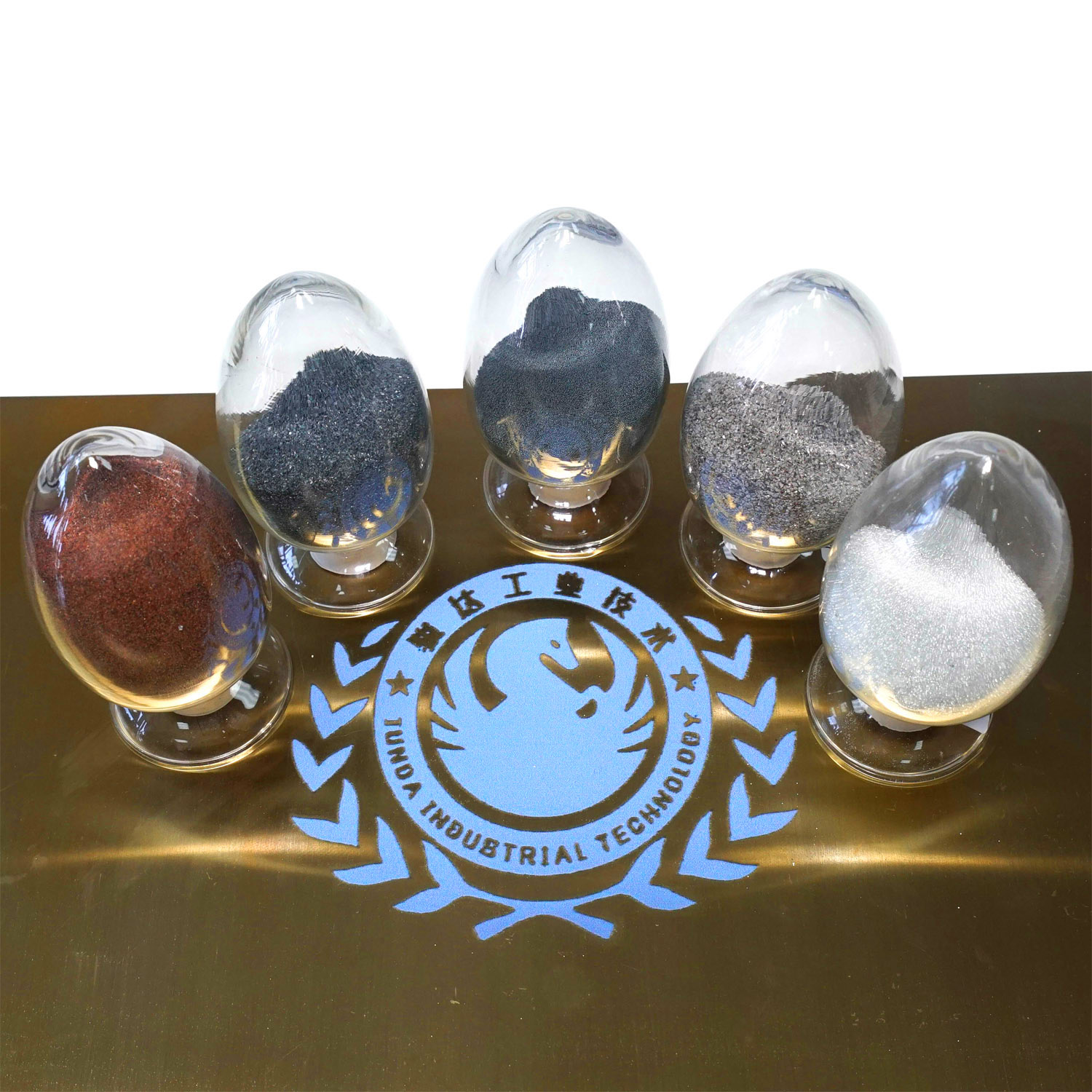News
How Does Bead Blasting Work?
28/4/2022
The bead blasting process is quite similar to those of other abrasive blasting techniques. However, it involves the projection of sphere- or bead-shaped media against a substrate. Bead blasting is carried out with jagged media to leave a coarser bead blast surface finish. The impact of the glass beads on the surface of the component leaves a more uniform finish on the material.
This bead blast finish is due to the spherical media dimpling the material’s surface. This process is most desirable when there is a need for a smooth uniform finish. Also, this surface finish will leave a “dull” or “satin” finish on your part. Bead shots, sometimes, also offer tensile conditioning of the given component.
Suppose you’re looking to achieve a finish that can be rough but consistent. In that case, the bead blasting technique should be among your top choices. Glass bead blasting is one of the commonest 3D printing surface finishing solutions. The fine glass beads produce dull or satin finishes on such materials.
On the other hand, coarse glass beads give the material surface a uniform “rough” bead blast finish. They also help to mask any form of imperfections on the substrate surface. While garnet, aluminum oxide, etc., leave substrates with darker finishes, bead blasting ensures that the component maintains its base color. Therefore, you have a brighter surface finish.

This bead blast finish is due to the spherical media dimpling the material’s surface. This process is most desirable when there is a need for a smooth uniform finish. Also, this surface finish will leave a “dull” or “satin” finish on your part. Bead shots, sometimes, also offer tensile conditioning of the given component.
Suppose you’re looking to achieve a finish that can be rough but consistent. In that case, the bead blasting technique should be among your top choices. Glass bead blasting is one of the commonest 3D printing surface finishing solutions. The fine glass beads produce dull or satin finishes on such materials.
On the other hand, coarse glass beads give the material surface a uniform “rough” bead blast finish. They also help to mask any form of imperfections on the substrate surface. While garnet, aluminum oxide, etc., leave substrates with darker finishes, bead blasting ensures that the component maintains its base color. Therefore, you have a brighter surface finish.


professional firm engaged in the research, development, sale, and service of Steel Shot, Steel Grit, sandblaster, sandblasting machine, garnet sand. We are located in Jinan with convenient transportation access. .
Quick links
Products Structure
Our Contacts
No.365 ,The Second Jing Road ,Huaiyin District, Jinan City ,Shandong Province ,China
0086-531-82020205
+0086-15806668333
-

Message
